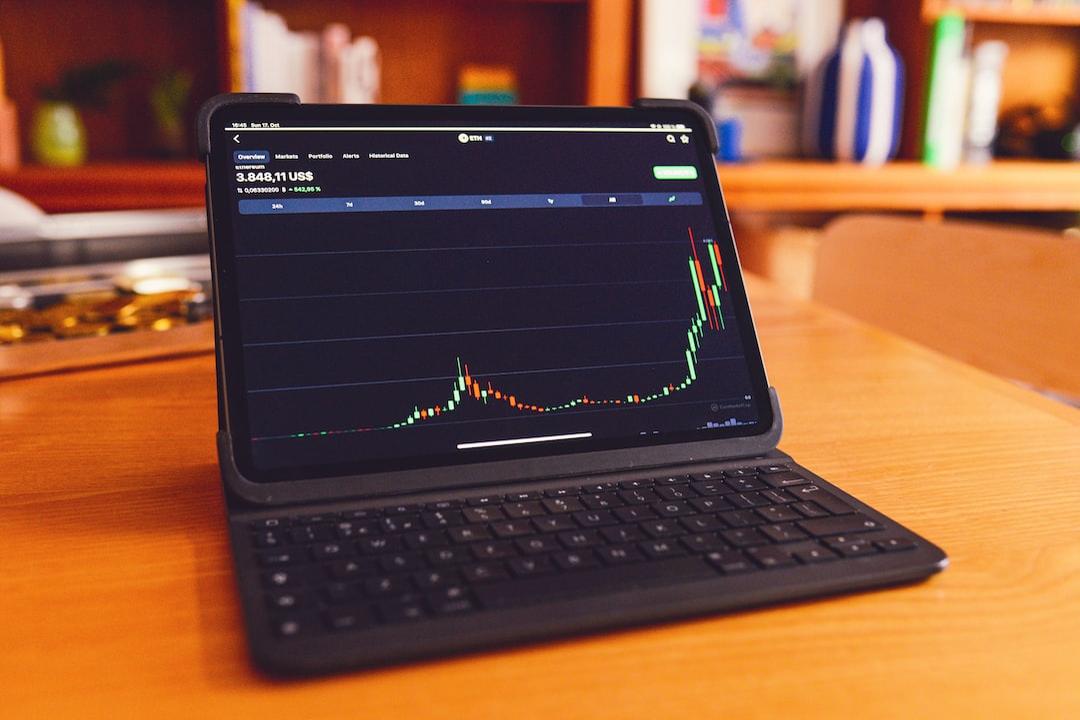Yesterday, the upward momentum driven by CPI subsided, and on Thursday, cryptocurrencies entered a consolidation phase. In the early trading session on Thursday, Bitcoin traded mainly around the support level of $61,000, and then slid to the support level of $65,000 in the afternoon. At the time of writing, the BTC trading price is $65,215, a 1.55% decrease in the past 24 hours.
Despite yesterday’s rebound being the strongest performance of BTC since the end of March, weak US economic data increased the possibility of a rate cut by the Federal Reserve in September. This shift may also prompt the Bank of England and the European Central Bank to cut rates as early as June. However, three Federal Reserve officials (Cleveland Fed President Loretta Mester, New York Fed President John Williams, and Richmond Fed President Thomas Barkin) made hawkish comments in their speeches on Thursday, leading to a closing drop in major indices.
At the close, the S&P 500 and Nasdaq both experienced losses, falling 0.15% and 0.25% respectively, while the Dow remained unchanged.
In the cryptocurrency market, the performance of altcoins was mixed, with most tokens in the top 200 by market capitalization experiencing losses on Thursday. Fantom (FTM) rose by 12%, Core (CORE) rose by 11.9%, and Jito (JTO) rose by 11.7%. The newly listed community token Notcoin (NOT) fell by 47%, Nervos Network (CKB) fell by 8.7%, and Stacks (STX) fell by 8.4%.
The current total market capitalization of cryptocurrencies is $2.35 trillion, with Bitcoin’s dominance rate at 54.6%.
Is the US economy strong? Although the strong rebound driven by the “soft” inflation on Wednesday excited cryptocurrency traders, market analyst Bloodgood warned against drawing any hasty conclusions because the rebound driven by CPI “will never last.”
He said, “Since early May, Bitcoin has been fluctuating between the weekly support level of $60,000 and the daily resistance level of $64,000.” “From the daily chart, we can see that a higher low has formed, and at the time of writing, the trading price of Bitcoin is slightly below the daily resistance level.”
Bloodgood believes, “This daily level has been tested multiple times, so from a technical analysis perspective, it makes me believe that it will eventually break through. From a more macro perspective, we can say that this rise is due to the CPI news, and we know that this kind of rise will never last, so don’t draw any conclusions now. Wait for the level to be broken and confirmed, then trade.”
Options traders expect Bitcoin to continue adjusting in the short term. According to the analysis of CF Benchmarks on Chicago Mercantile Exchange (CME) Bitcoin futures and options, despite the weak US CPI inflation report yesterday, investors are still willing to pay premiums for short-term downside protection.
CF Benchmark analysts stated that despite Bitcoin breaking the $66,000 mark after the weak inflation yesterday, “the implied volatility of out-of-the-money put options is still higher than that of bullish options.”
They added that derivatives traders are willing to pay higher premiums for out-of-the-money (OTM) put options, which is an indicator of short-term bearish sentiment in the market. The increase in implied volatility (IV) of OTM put options indicates that traders are essentially hedging against the potential decline in Bitcoin’s value.
IV is a measurement standard used in the options market, representing the market’s prediction of potential changes or price fluctuations in assets or securities in the future.
Contrary to the short-term outlook, analysts pointed out that the volatility curve between long-term put options and call options is “relatively flat,” with a slight skew towards call options. Analysts said, “This indicates that investors are more optimistic about Bitcoin’s long-term prospects, and if the expectation of deflation begins to accelerate after favorable consumer price index reports, it is worth noting whether there will be an increase in the bias towards call options.”
CF Benchmark analysts found that the relative stability of long-term put options and call options may also indicate an increase in institutional participation, “as these investors are less prone to extreme emotional swings.”
Bitcoin derivatives remain flat. The long/short ratio of top traders consolidates the positions of spot, perpetual, and quarterly futures contracts, and by observing this, one can speculate on the bullish or bearish sentiment of these traders.
Coinglass data shows that on OKX, the current long/short ratio is 0.96, indicating roughly equal positions for both longs and shorts. However, compared to May 14, this position is less optimistic, as the indicator was 1.25 at that time, favoring longs. Similarly, compared to May 14, the bullish sentiment of top traders on Binance has weakened, with the long/short ratio dropping from 1.31 to 1.14.
To assess the interest of retail traders, attention should be paid to perpetual futures, also known as inverse swaps. These contracts include embedded interest rates recalculated every eight hours to compensate for the imbalance in leverage demand. Essentially, negative interest rates indicate that shorts (sellers) tend to use leverage.
Data shows that over the past month, Bitcoin’s funding rate has remained below 0.01%, indicating a balance in demand between longs and shorts. According to derivative indicators, even the recent rise above $66,000 failed to inject confidence into retail traders.
On the positive side, if Bitcoin eventually breaks through $68,000, most traders will be surprised as there is room for bullish leverage, which could potentially drive a rebound.
Author: BitpushNews Mary Liu


